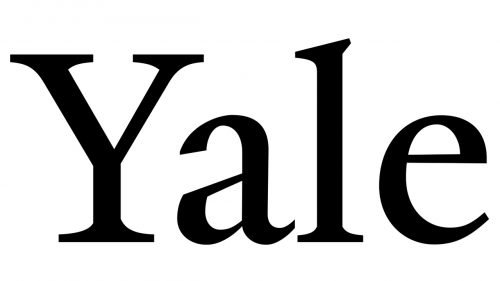As the third-oldest institution of higher education in the US, Yale University is proud of its coat of arms, which has a long and interesting history.
Meaning and history
The oldest surviving and legible seal known so far can be seen on the 1749 master’s diploma of Ezra Stiles. As far as the seal is very old, we don’t have any official explanation of its origin. It’s only natural that various hypotheses have been introduced.
Symbol
In the center of the Yale logo, there’s a book featuring a Hebrew inscription. The book is placed inside a dark blue shield. Below, a banner with the motto “Lux et Veritas” can be seen.
Taking into consideration that the university was founded by Christian divines, the Hebrew inscription looks quite strange.
In his opus “Joining The Club: A History of Jews and Yale,” Dan A. Oren states that the two Hebrew words (Urim v’Thummim) appear eight times in the Hebrew Bible. He claims that the fact that the words can be seen in Leviticus 8:8 could suggest that “they identify the book on the Yale seal as the Bible itself.” Oren mentioned that the 1749 seal looks very much like the Harvard seal. Instead of the Harvard motto, Yale used its own – “Lux et Veritas” (which means “Light and Truth” in translation from Latin), while instead of the three blank books and a chevron on the Harvard seal, Yale used one book with two words.
Emblem
What about the reason for choosing the words “Urim and Thummim”? Oren cites the work by Johannes Wollebius that used to be Yale’s primary divinity text. Wollebius stated that these words referred to “Christ the Word and Interpreter of the Father.” So, by using these words, the Yale seal celebrated the glory of Christ.
The authors of the seal could also have had political reasons for using the words from Wollebius’ text. It was used because of its pronounced anti-Arminian stance.
Font
The type used on the Yale logo is highly recognizable and legible.
Colors
The color most associated with Yale University is Yale Blue, which has been the school’s official color since the late 1800s. The brand guidelines state that the Official Yale Blue (spot color) can be reproduced with the following Superior Printing Ink Co. ink formula: HB 6254 (for coated paper) or HB 6255 (for uncoated paper). As for the Official Yale Blue (process color), it has the following index: CMYK 100, 75, 8, 40 (coated paper) and CMYK 100, 70, 5, 35 (uncoated). If you can’t obtain these colors, use PMS 648C (coated paper) and PMS 295U (uncoated paper).












